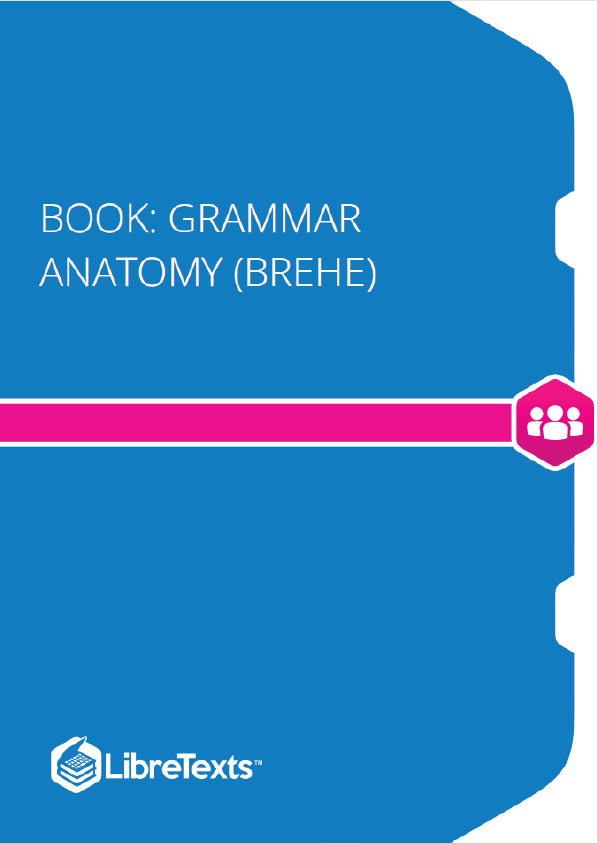Brehe’s Grammar Anatomy makes grammar accessible to general and specialist readers alike. This book provides an in-depth look at beginner grammar terms and concepts, providing clear examples with limited technical jargon. Whether for academic or personal use, Brehe’s Grammar Anatomy is the perfect addition to any resource library.
Inevitably, Adverbs
Adverbs are another important kind of modifier. Here’s a definition that we’ll refer to time and again:
Adverbs are words that modify verbs, adjectives, and other adverbs.
When adverbs modify verbs, they indicate when, where, why, or how the action was performed.
Let’s begin with the simple sentence He ran. Ran is a verb and the complete predicate in this sentence, and we can expand the predicate by adding any possible adverb:
He ran quickly.
Instead of quickly, we could use slowly, clumsily, gracefully, erratically, fast, then, later, and many others.
All the adverbs we can add to He ran answer this question: “When, where, why, or how did he run?” Common adverbs that modify verbs include soon, later, now, then, before, after, here, there, forward, backward, badly, well, far, also, not, too, and many more.
Remember this point we saw in Chapter 3: When a word appears between an auxiliary verb and the main verb, it’s an adverb that modifies the main verb:
He had finally stopped the noise.
Remember, too, that all the adverbs we add to a sentence to modify the verb are part of the complete predicate.
When adverbs modify adjectives, they appear before the adjective and modify the quality expressed by the adjective:
The bright red car sped away.
We use (and overuse) several adverbs to modify adverbs, particularly very. We could write quite, extremely, somewhat, or rather. Here, the adverb helps to describe the color of the red car.
When adverbs modify other adverbs, adverbs modify the quality expressed by the other adverb:
Mr. Morton ran quite quickly.
Instead of quite, we could write somewhat, very, a bit, rather, more, or less. Here, adverbs answer the question, “How quickly did Mr. Morton run?”
Notice that, when adverbs modify adjectives or other adverbs, they nearly always appear just before the word they modify.
Clearly adverbs are a diverse class of words; they have a great many uses and forms.
Among the Prepositions
Prepositions are short, simple, and remarkably useful words. We use prepositions to create modifying phrases called prepositional phrases.
With prepositions we can connect a noun phrase—called the object of the preposition—to another word in a sentence. The preposition and its object together make the prepositional phrase. A prepositional phrase usually modifies a noun or verb, but it can also modify an adjective or adverb.
Here are some examples of prepositional phrases. The prepositions are underlined, and the remaining words are the objects of the prepositions (with modifiers, in some cases):
- among the debris on the roof
- in the room to our house
- for your birthday











